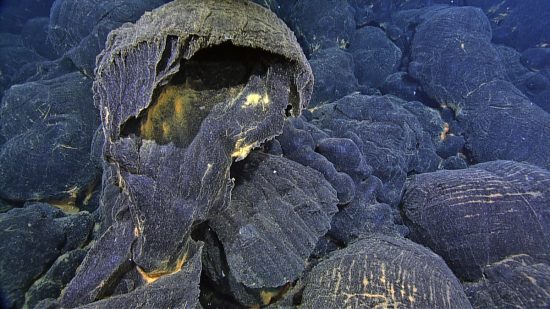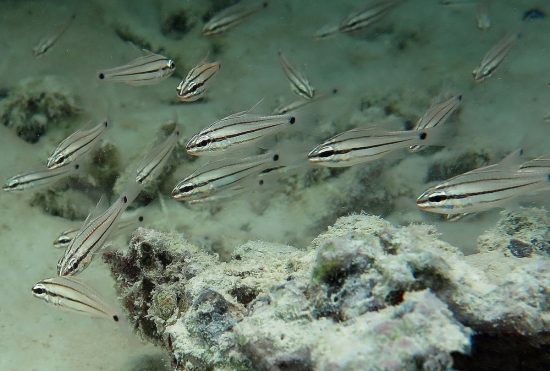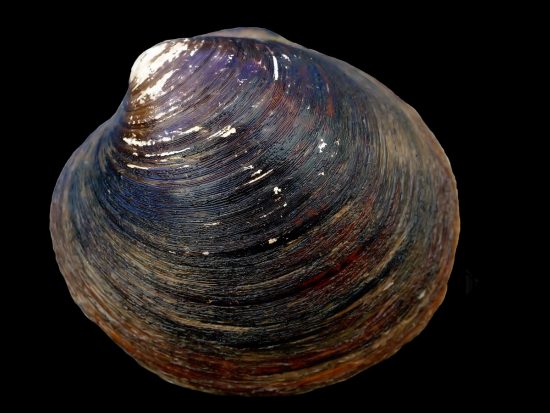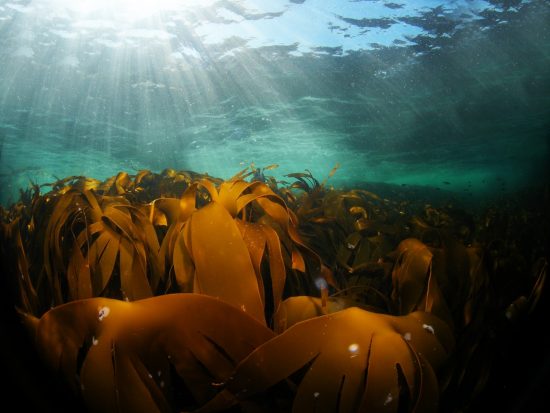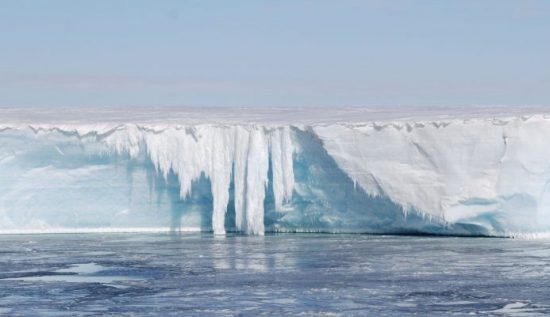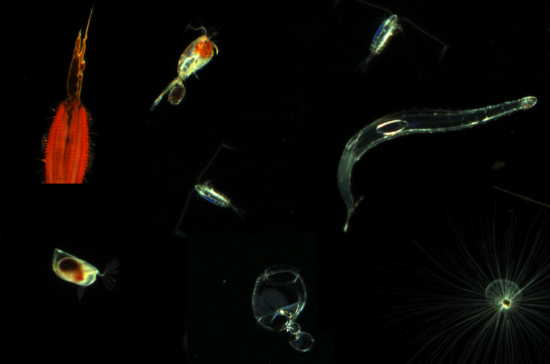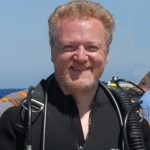
Lubricated lips helps fish feed on mucus of corals
by Herbert - 12th June 2017
Scientists have discovered a species of fish that has developed a set of self-lubricating lips to consume corals. They have…

Why do krill stocks in Antarctica fluctuate?
by Herbert - 9th June 2017
Climatic influences not as important as previously thought Although just six centimeters long, the Antarctic krill (Euphausia superba) plays an…

Future opportunities for coral reefs
by Herbert - 8th June 2017
In spite of global warming, reefs could change but remain the same Although the world’s coral reefs are under threat,…
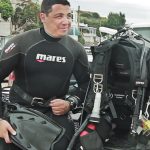
La Goergette-René, a wreck in a cave !
by Emir - 7th June 2017
In Algeria you can find unusual things, like this boat from the 19th century discovered in the lake of Bir…
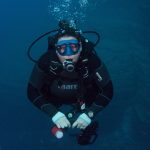
Waiting with Ba(i)ted Breath
by Hannah - 2nd June 2017
We have all been waiting with ba(i)ted breath to see our first silky shark of the year here off the…

Rabbitfish as trojan horses
by Herbert - 2nd June 2017
Researchers identify fish’s role in movement of invasive species. For some time, invasive species have been spreading from Indo-Pacific to…

Iron deficiency inhibits marine microbes
by Herbert - 26th May 2017
Scientists discover important process in nutrient cycle in tropical North Atlantic Iron has been identified as an important nutrient for…
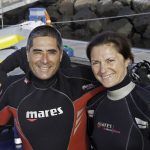
Vamonos à bucear
by Franco and Sabrina - 15th May 2017
The look of the Baja California Sur can appear tedious: cactus, desert, rocks, beaches and vice versa, but the underwater…
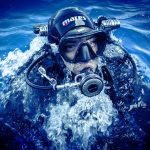
Compass jellyfish in Boka Bay, Montenegro
by Mares - 13th May 2017
Jellyfish...so graceful and elegant, yet at the same time found in so many different colors and shapes. Their movements remind…

Master of the coral reef – The Giant Moray Eel
by Mares - 12th May 2017
Sometimes ugly, sometimes frightening, and of imposing size, the Giant Moray Eel is the master of the coral reefs of…
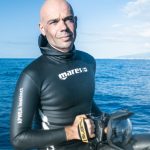
Freediving – a tool for marine biology
by Fred Buyle - 5th May 2017
For my first Mares blog I have decided to write about one of the most exiting projects I’m involved in:…

Kiel Fjord as training ground for mussels
by Mares - 4th May 2017
Genetic adaptation likely to have occurred over many generations Mussels from the Kiel Fjord were discovered to be able to…

Survey needs divers to speak up for value of Florida’s reefs
by Hannah - 28th April 2017
Beautiful coral reefs are priceless to divers and snorkelers. The intrinsic value of dipping below the waves, leaving the stress…

Humpback whale calves whisper to keep safe
by Herbert - 27th April 2017
Vocalisations may be used to help mother and calf stay togetherTo avoid detection by killer whales, newborn humpback whales whisper…

Ocean acidification causes coralline algae to adjust internal chemistry
by Herbert - 25th April 2017
Some species show higher tolerance than others For the first time, a new study has revealed that coralline algae, which…

Surviving Murphy’s Law to study sharks
by Hannah - 24th April 2017
Have you ever had one of those days when just about everything goes wrong? Mine started out breaking one of…

Mediterranean Great Sharks Project
by Emir - 23rd April 2017
The 'GranResearch Program', named 'GREBA', has been running since 2015 and aims to identify, label and study shark species in…

Florida manatee population likely to withstand for 100 years
by Herbert - 20th April 2017
Manatee population to slowly grow and shift northward Florida's manatee population is likely to endure for the next century, provided…

Santorini: How explosive was the Aegean?
by Mares - 18th April 2017
German-Greek research team investigate Santorini's volcanic pastThe Santorini archipelago in the southern Aegean Sea is one of the best spots…

Mares supports the immersion of the first artificial reefs in Algeria
by Emir - 12th April 2017
A year ago the Probiom, an Algerian network for the protection of marine biodiversity, started an ambitious program - the…

Gulf of Thailand: The Burma Maru Expedition
by Herbert - 6th April 2017
Wreck Discovery in the Gulf of Thailand There was little to forewarn the fate that would strike the lone cargo…

First cave fish in Europe discovered
by Herbert - 5th April 2017
Fish is also world's most northerly cave fishFew species are as well hidden as those that live underground. In Europe,…

The massive and solitary Sphyrna Mokarran
by Franco and Sabrina - 4th April 2017
A few weeks ago I was leading a micro-group of passionate divers and UW photographers to Bimini Island, a lovely sandy…

Japan kills 333 whales in annual hunt
by Herbert - 1st April 2017
Whales supposedly killed for "research" purposes After four months at sea, the Japanese whaling fleet has returned from its controversial…

Haliphron atlanticus: Deep-sea octopus feeds on jellyfish
by Herbert - 30th March 2017
Octopus then uses tentacles of jellyfish to defend itself The open ocean is the largest habitat on Earth. Within this…

Litter in the sea: New portal offers comprehensive coverage
by Herbert - 29th March 2017
New online portal LITTERBASE compiles all data in one location Where is litter at sea and which species and habitats…

New coral species at World Heritage Site described
by Mares - 28th March 2017
Researchers believe this species is “first of many new hard coral species to be found” Lord Howe Island is already…

Programming drones to map oil spills
by Herbert - 7th March 2017
Team drew inspiration from mathematical principlesA team from the University of Buffalo is looking into how drones can be programmed…

Yap: Manta Mania in its third year
by Herbert - 2nd March 2017
Science and fascination within one's reachEvery year, during the mating season of the manta rays in Yap, scientists and interested…

Why the cockeyed squid has mismatched eyes
by Herbert - 23rd February 2017
Researchers solve mystery after examining 25 years of video footageThe animals in the deep seas comprise some of the most…

Growing problem of litter in the Arctic depths
by Herbert - 16th February 2017
Sea ice may be responsible for transporting plastic wasteThe Arctic has a garbage problem. In just a decade, the amount…

Coral reefs enchant when one dives in fluorescence
by Mares - 10th February 2017
Adventures in fluo-diving in Abu Dabab No, it wasn't the Pink Panther, but a pink flathead that was the highlight…

Elevated carbon dioxide levels impairs cone snails’ hunting skills
by Mares - 7th February 2017
Cone Snails become hyperactive and “meandered around” Cone snails are expected to find it hard to catch their prey if…

Sounds of the ocean
by Herbert - 2nd February 2017
Findings on background sounds in Southern Ocean published For nearly three years, using underwater recording devices, scientists have been listening…

New ocean measuring station at Boknis Eck
by Mares - 1st February 2017
GEOMAR and Helmholtz Center Geesthacht install new sensor node in Baltic Sea Boknis Eck (Boknis Corner) – a name familiar…
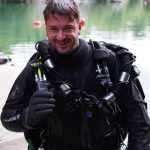
Deep Cave Exploration in Thailand
by Ben - 26th January 2017
It took 8 years, and multiple expeditions, to reach the 200m mark in what might be one of the planet's…

Studying the effects of coastal erosion in the Arctic
by Mares - 18th January 2017
The thawing and erosion of the arctic permafrost coasts has increased so drastically in the past that more than 20…

Our first project – The objectives and why we are Proud to be Navy
by MARES / SSI / rEvo Dive Expedition Team - 18th January 2017
Dear friends and followers of the MARES / SSI / rEvo Dive Expedition Team blog, While in our last blog…

Coral restoration in Bonaire
by Herbert - 13th January 2017
Engaging the diver to protect and restore reefs For several years, scientists have observed more and more instances of coral…

Rare ghost shark filmed for the first time
by Herbert - 3rd January 2017
The ghost shark is a unique species In 2009, a remotely operated vehicle (ROV) exploring the seabed at the Gulf…

Mysterious mass oyster die-off solved
by Mares - 2nd January 2017
In 2011, there was a mass die-off of wild Olympia oysters in north San Francisco Bay, the cause of which…

Map of seafloor shows new details about 2015 eruption at Axial Seamount
by Mares - 29th December 2016
The Axial Seamount, an underwater volcano about 470 kilometres off the Oregon coast, is one of the world's most active…

How baby reef fish find their way home at night
by Mares - 24th December 2016
Scientists have discovered that baby reef fish possess an internal magnetic compass that helps them find their way home at…

Octopus Casper: Deep-sea octopuses require manganese nodules to lay their eggs
by Herbert - 22nd December 2016
Casper the octopus (and counterparts) threatened by deep-sea miningFor deep-sea octopuses, manganese nodules on the seabed are an important breeding…

Clam shells used to compile 1,000 yr record of ocean climate
by Herbert - 19th December 2016
As a postdoctoral researcher at Bangor University in Wales from 2007 to 2009, Alan Wanamaker started the compilation of a…

Kelp along Southern California coastline resisted warmer temperatures
by Mares - 16th December 2016
In early 2014, when a large-scale heat wave in the Pacific Ocean produced temperature anomalies greater than anything seen since…

West Antarctica experiences accelerated glacier melting
by Mares - 13th December 2016
Research will lead to better predictions about rising sea levelsThe fastest ongoing rates of glacier retreat ever recorded have been…

New underwater observatory to monitor zooplankton
by Herbert - 10th December 2016
Scientists from the Thünen Institute of Sea Fisheries, Alfred Wegener Institute (AWI) and Helmholtz-Zentrum Geesthacht (HZG) have placed an optical-acoustic…





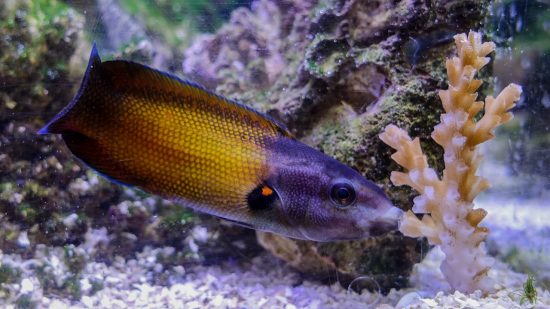

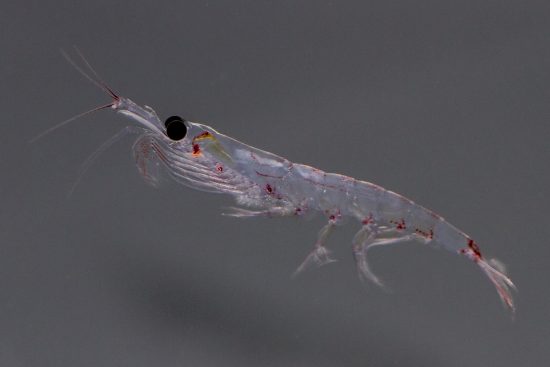
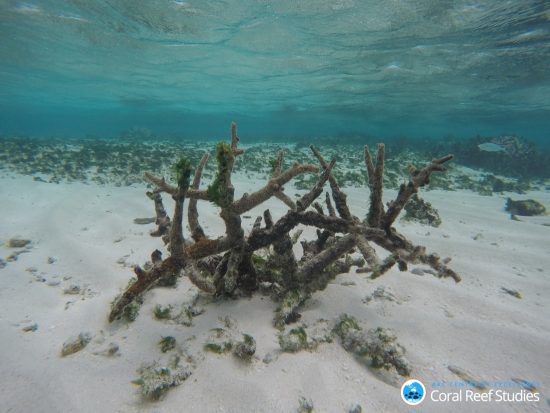
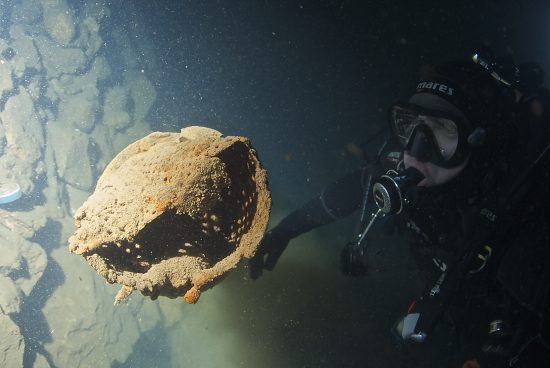
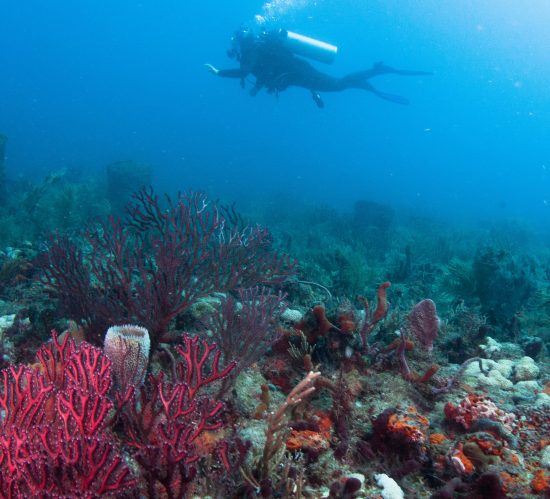
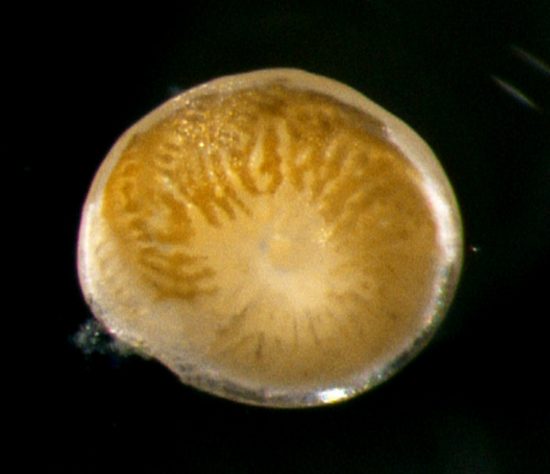
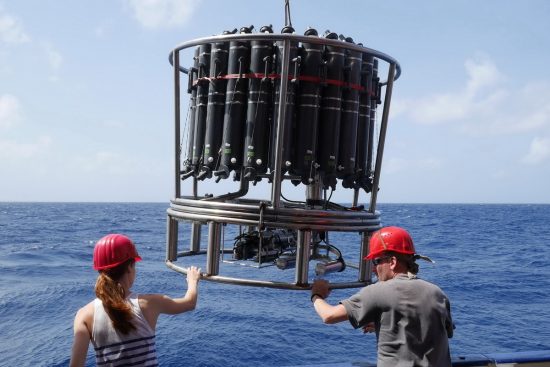
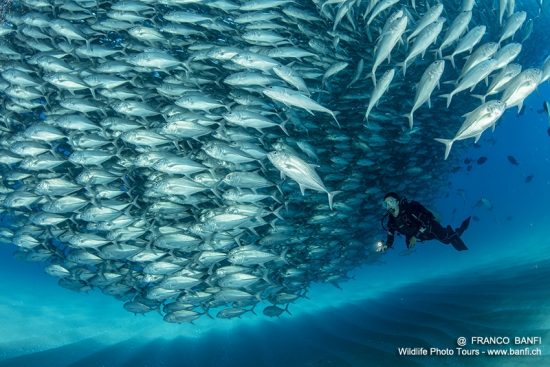
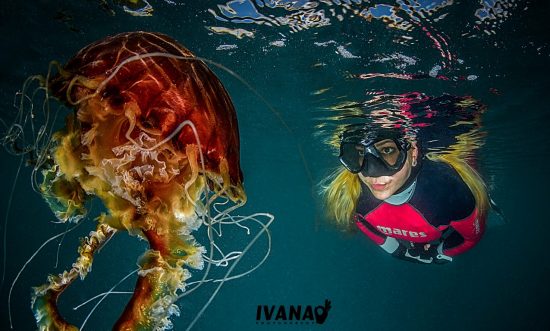
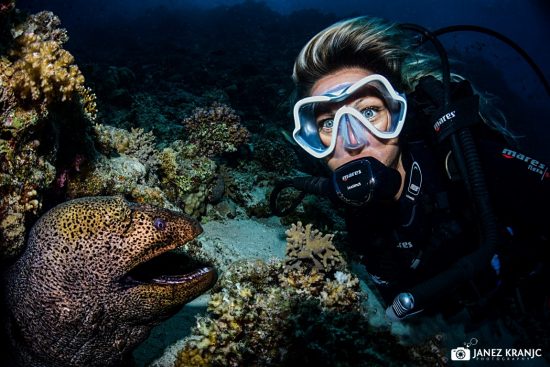
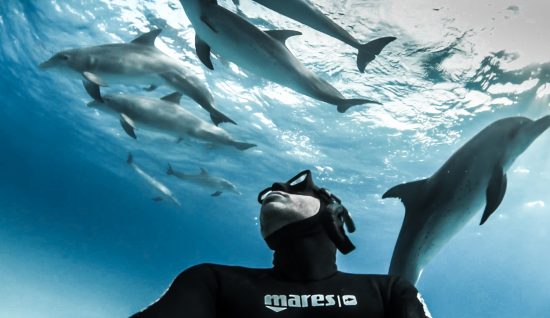
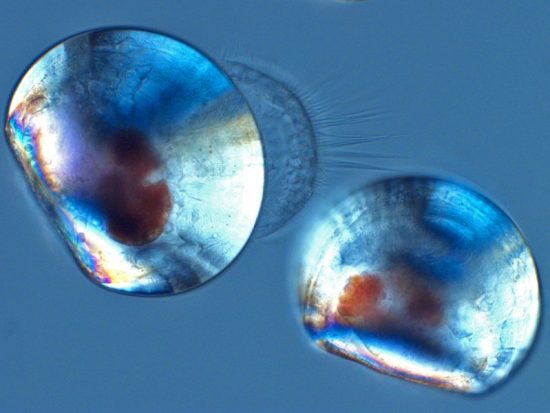
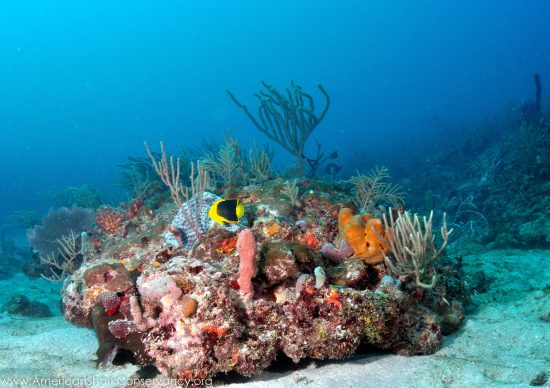
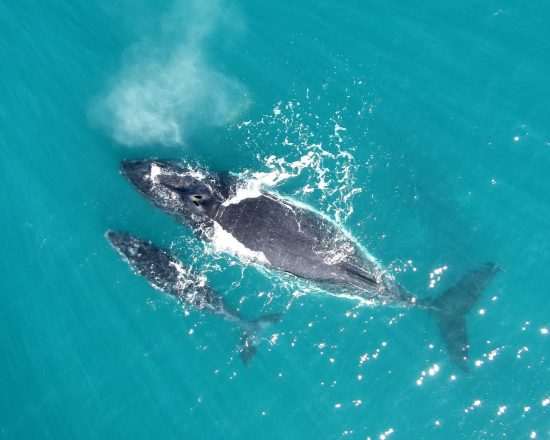
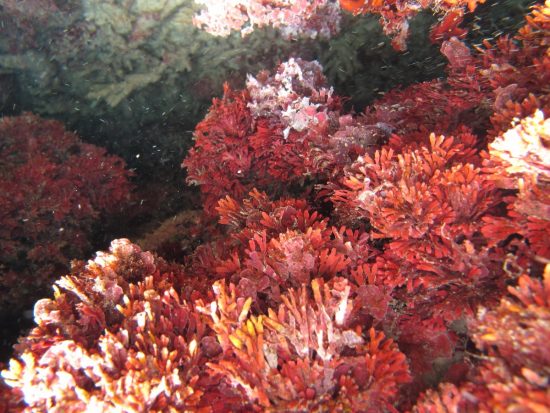
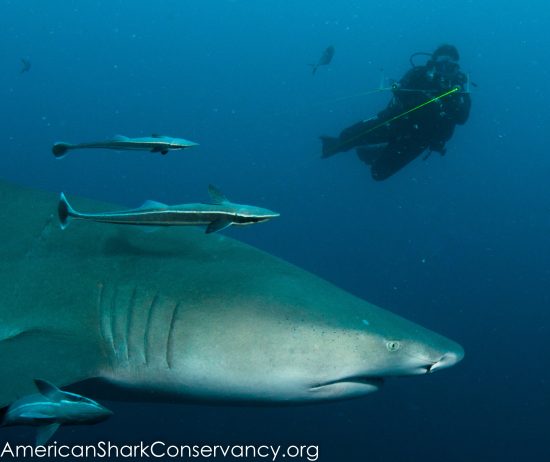
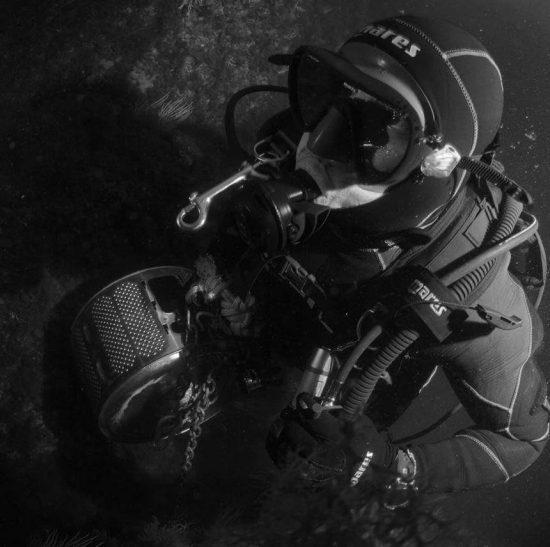
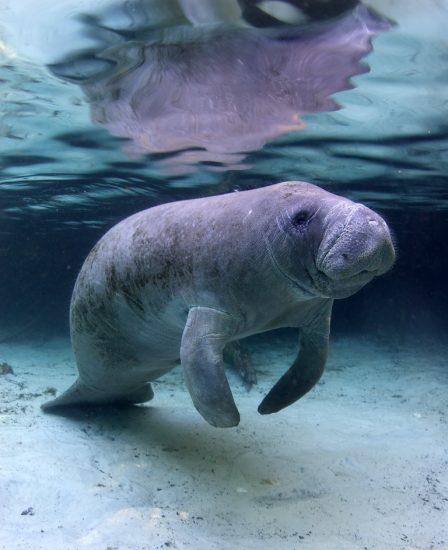
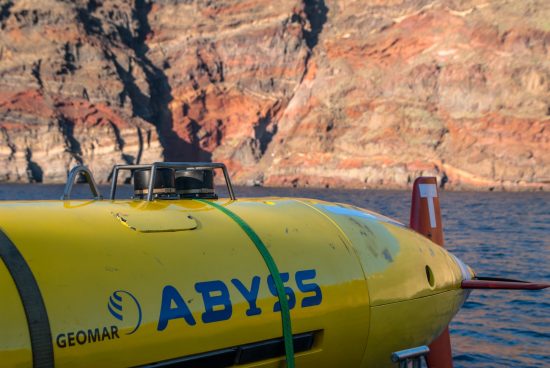
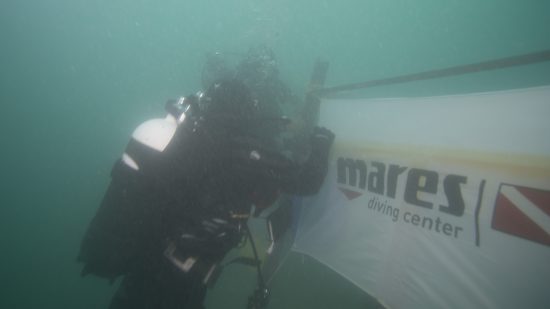
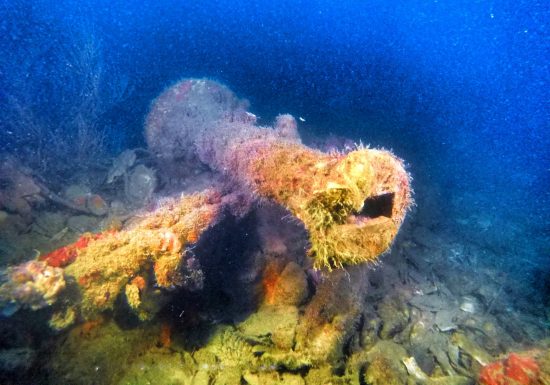
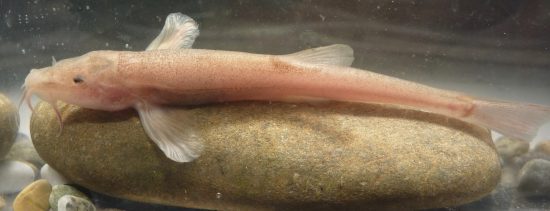
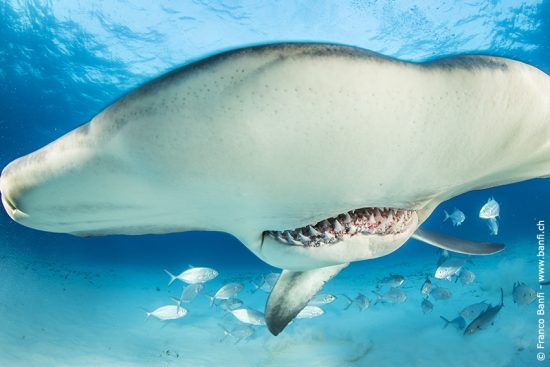
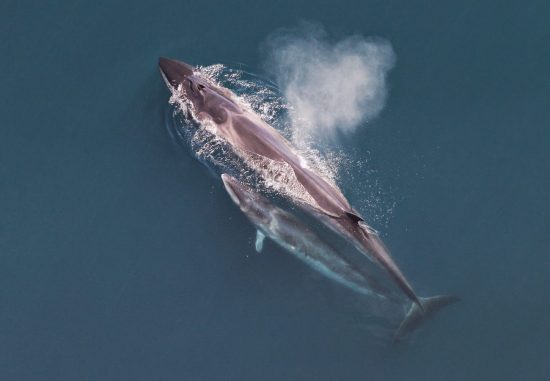
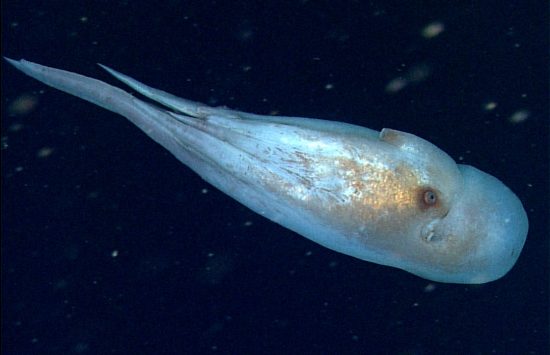
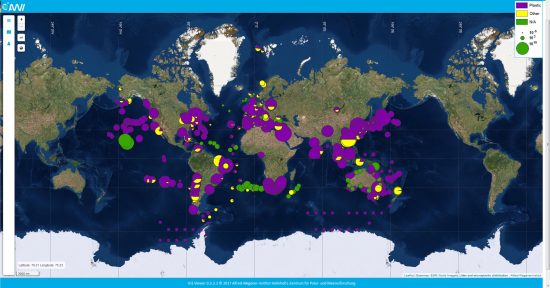
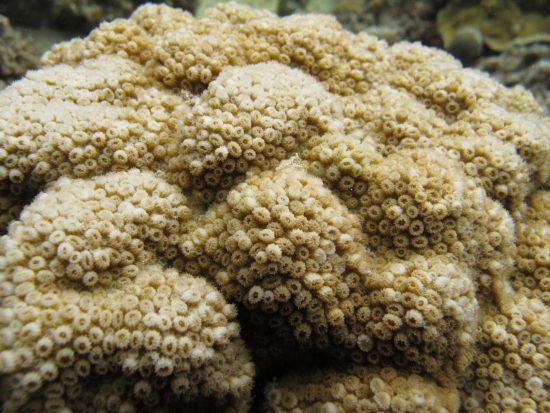
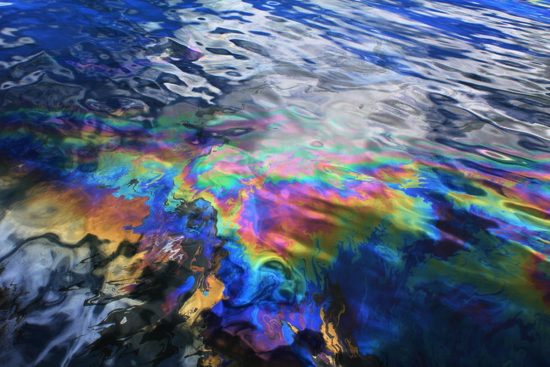
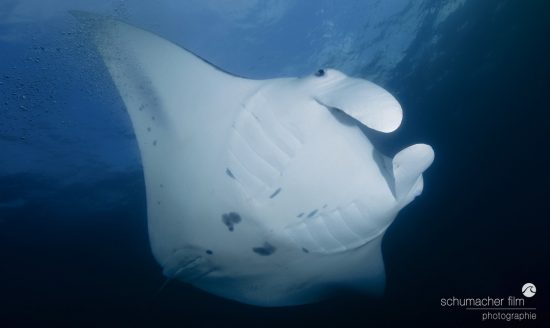
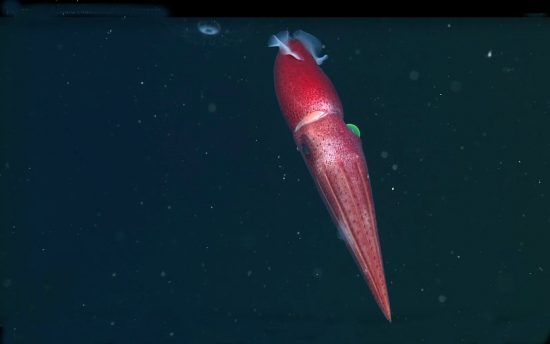
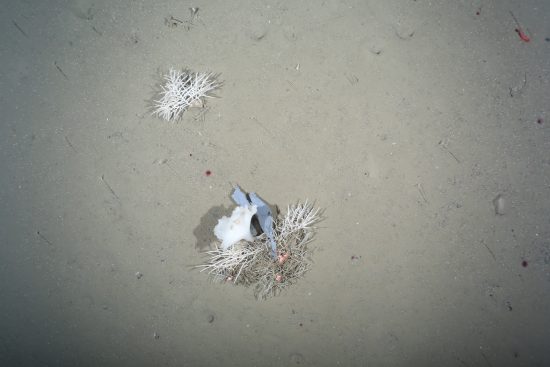
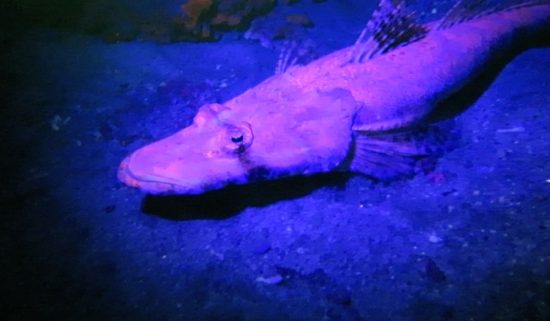
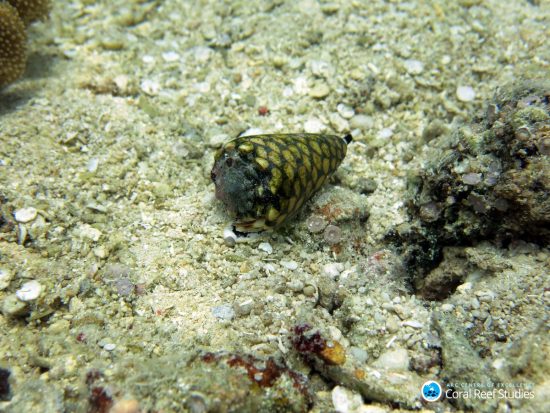
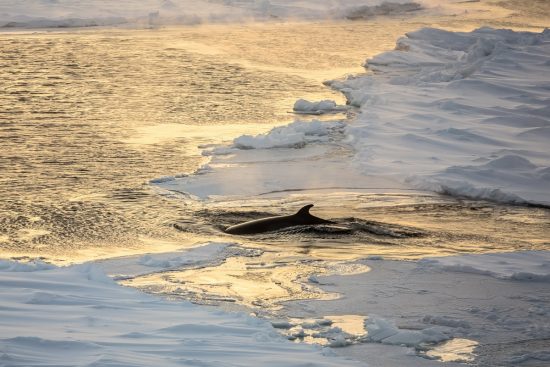
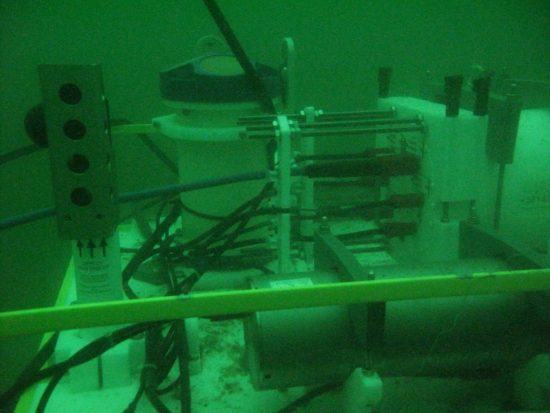
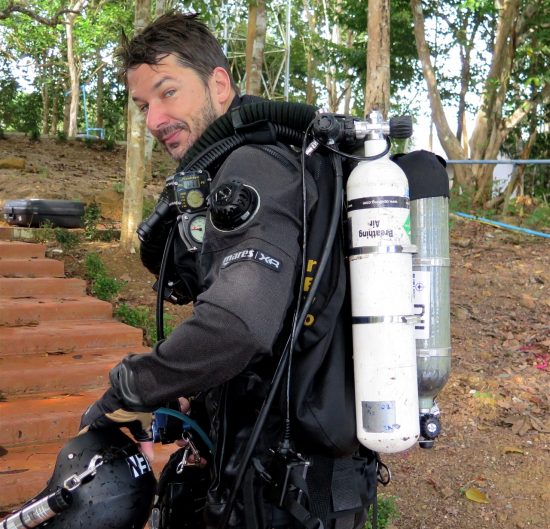
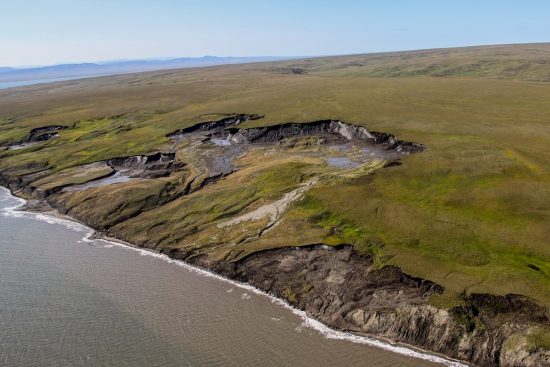
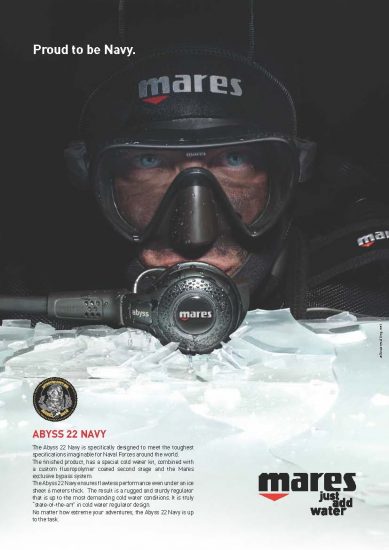
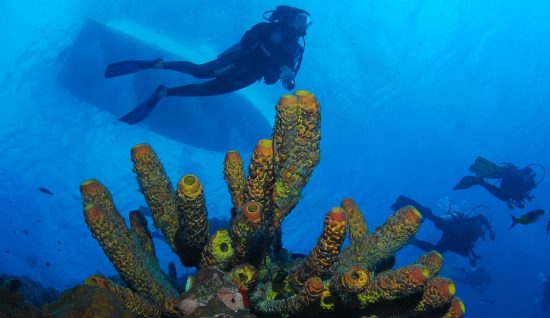
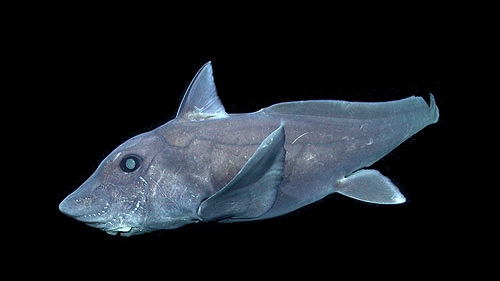
![2016_12_28_Austern_DSC_0488OysterVert[6]](https://blog.mares.com/wp-content/uploads/2017/01/2016_12_28_Austern_DSC_0488OysterVert6-550x365.jpg)
